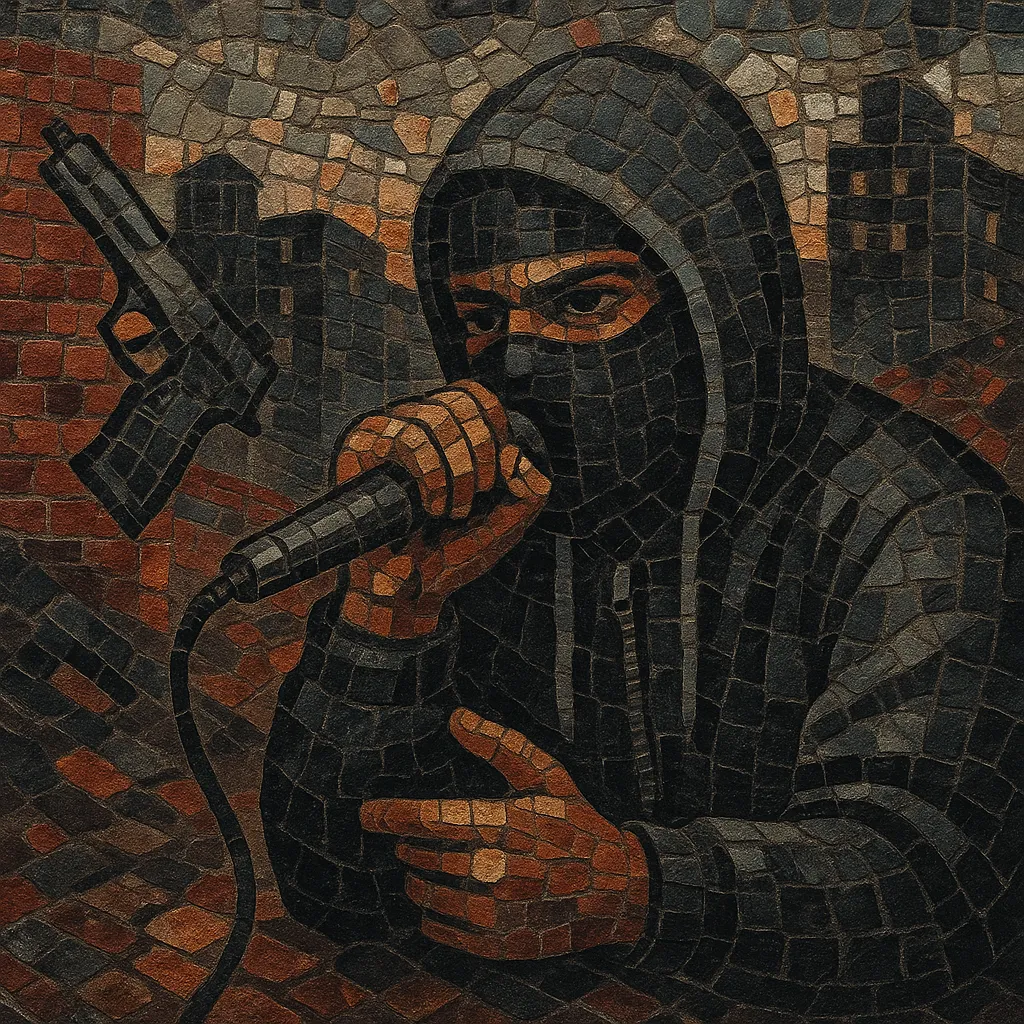Drill is a subgenre of hip hop that emerged on Chicago’s South Side in the early 2010s. It is defined by stark, menacing production; booming 808 sub‑bass with frequent pitch slides; skittering hi‑hats; and sparse, minor‑key melodies built from pianos, synth pads, strings, bells, or eerie soundscapes. Vocals are typically deadpan or urgent, with ad‑libs punctuating lines.
Lyrically, drill foregrounds raw street reportage—survival, trauma, crews, and contested territory—often delivered with bleak realism. Tempos in original Chicago drill tend to sit around 60–75 BPM (often felt in double‑time), while later UK and New York scenes adopt 130–145 BPM grids with off‑kilter snare placement and distinctive sliding 808 patterns. The overall aesthetic prioritizes weighty low end, rhythmic tension, and an uncompromising mood.
Drill took shape on Chicago’s South Side around 2010–2012, with artists such as Chief Keef, Lil Durk, King Louie, G Herbo, and Lil Bibby crystallizing the sound. Producers like Young Chop codified the sonic template: minimal, brooding beats; hard‑hitting kicks; triplet hi‑hats; and deep, sliding 808s. Viral YouTube videos and social media amplified the scene rapidly, drawing major‑label attention and national discourse.
As the sound spread, regional nuances formed. Chicago continued to refine its slow, heavy swing and bleak realism. The scene weathered controversy, policing, and media scrutiny while influencing a new generation of internet‑native artists and producers who adopted its drum programming and subject matter.
In London and across the UK, drill evolved at faster tempos (roughly 130–145 BPM). Crews and artists such as 67 and Headie One, and producers including M1OnTheBeat and MKThePlug, adapted the core elements with jittery hi‑hat grids, off‑center snare placements, dissonant melodies, and notably expressive 808 glides. UK drill’s sound design and rhythm later became exportable kits that would strongly influence New York’s take.
New York drill, popularized by figures like Pop Smoke, Sheff G, and Fivio Foreign, frequently used beats by UK producers (e.g., 808Melo and AXL Beats), knitting Chicago’s ethos to UK’s rhythmic language. Subsequent waves included Bronx ‘sample drill,’ which pairs drill drums and 808 slides with recognizable pitched‑up samples. Parallel scenes emerged in Ireland, Australia, France, the Netherlands, and beyond, each localizing drill’s rhythms, slang, and narratives.
Drill now functions as a global production grammar in hip hop: a palette of drums, bass moves, and moody motifs adaptable to local stories and styles. While it remains controversial for its stark content, it has profoundly shaped modern rap’s sound and continues to evolve through regional hybrids and internet‑driven substyles.


